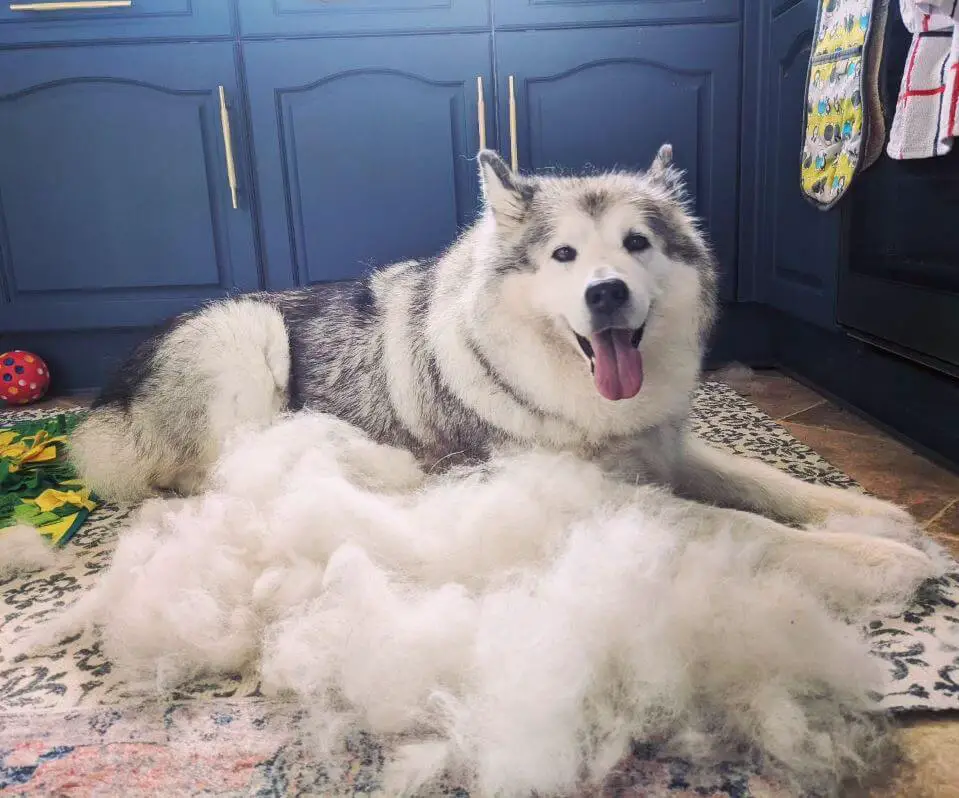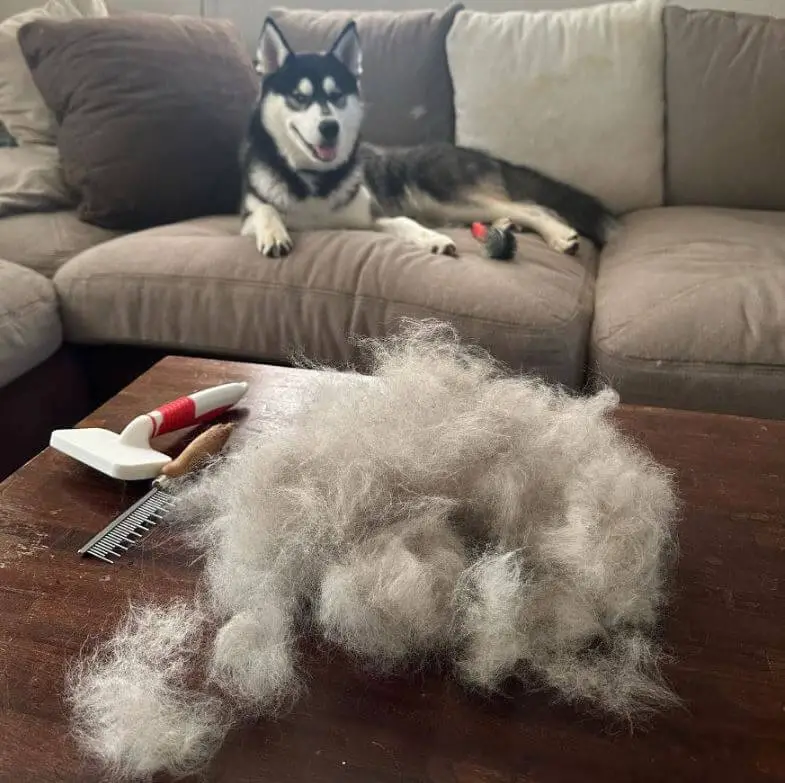Dogs are beloved members of our families, but their shedding can sometimes be a source of frustration for pet owners. Shedding is a natural process that varies from breed to breed and can be influenced by factors like age, health, and season. In this article, we’ll explore what to expect from dog shedding, why it happens, and effective strategies to manage it, so you and your furry friend can coexist comfortably.

Understanding the Shedding Process:
Shedding is a normal and essential part of a dog’s life. Here’s a breakdown of the shedding process:
- Growth Cycle: A dog’s fur has a growth cycle consisting of three phases: anagen (growth), catagen (transition), and telogen (rest). Shedding occurs during the telogen phase.
- Fur Type: Different dog breeds have various fur types, including single-coated (non-shedding or low-shedding), double-coated (heavy shedding), and hairless breeds.
- Seasonal Variations: Many dogs, especially those with double coats, shed more during seasonal changes, typically in spring and fall. This shedding helps them adapt to temperature fluctuations.
Why Do Dogs Shed?
Several factors contribute to dog shedding:
- Temperature Regulation: Shedding helps dogs regulate their body temperature. In warmer months, they shed excess fur to stay cool, while in colder months, they grow thicker coats for insulation.
- Hair Growth Cycles: As mentioned, dogs have hair growth cycles, and shedding is a natural part of these cycles.
- Breed Genetics: Breed genetics play a significant role. Breeds like Siberian Huskies and German Shepherds have heavy double coats designed for shedding.
- Age and Health: Puppies often shed their baby fur as they grow into their adult coat. Additionally, a dog’s overall health can affect shedding.

Managing Dog Shedding:
While you can’t completely eliminate shedding, there are effective ways to manage it:
- Regular Brushing: Frequent brushing helps remove loose fur, preventing it from ending up on your furniture and floors. The type of brush you use should match your dog’s coat type.
- Healthy Diet: Proper nutrition contributes to a healthy coat. High-quality dog food rich in essential fatty acids can reduce excessive shedding.
- Bathing: Regular baths with a dog-specific shampoo can help loosen and remove dead fur. However, avoid over-bathing, as it can dry out your dog’s skin.
- Supplements: Omega-3 fatty acid supplements can promote coat health and reduce shedding.
- Professional Grooming: Schedule regular grooming appointments with a professional groomer who can help manage shedding and keep your dog’s coat in top condition.
- Vacuum and Cleaning: Invest in a high-quality vacuum cleaner designed for pet hair removal. Regularly clean your home to minimize fur buildup.
- Manage Allergies: If allergies are a concern, consider allergy-friendly breeds that shed less or hypoallergenic breeds.

Dog shedding is a natural and manageable aspect of pet ownership. Understanding the shedding process, its causes, and implementing effective strategies for managing it can make your life as a dog owner much more comfortable. By taking proactive steps and providing your furry friend with the care they need, you can enjoy the companionship of your dog without the worry of excessive shedding.
